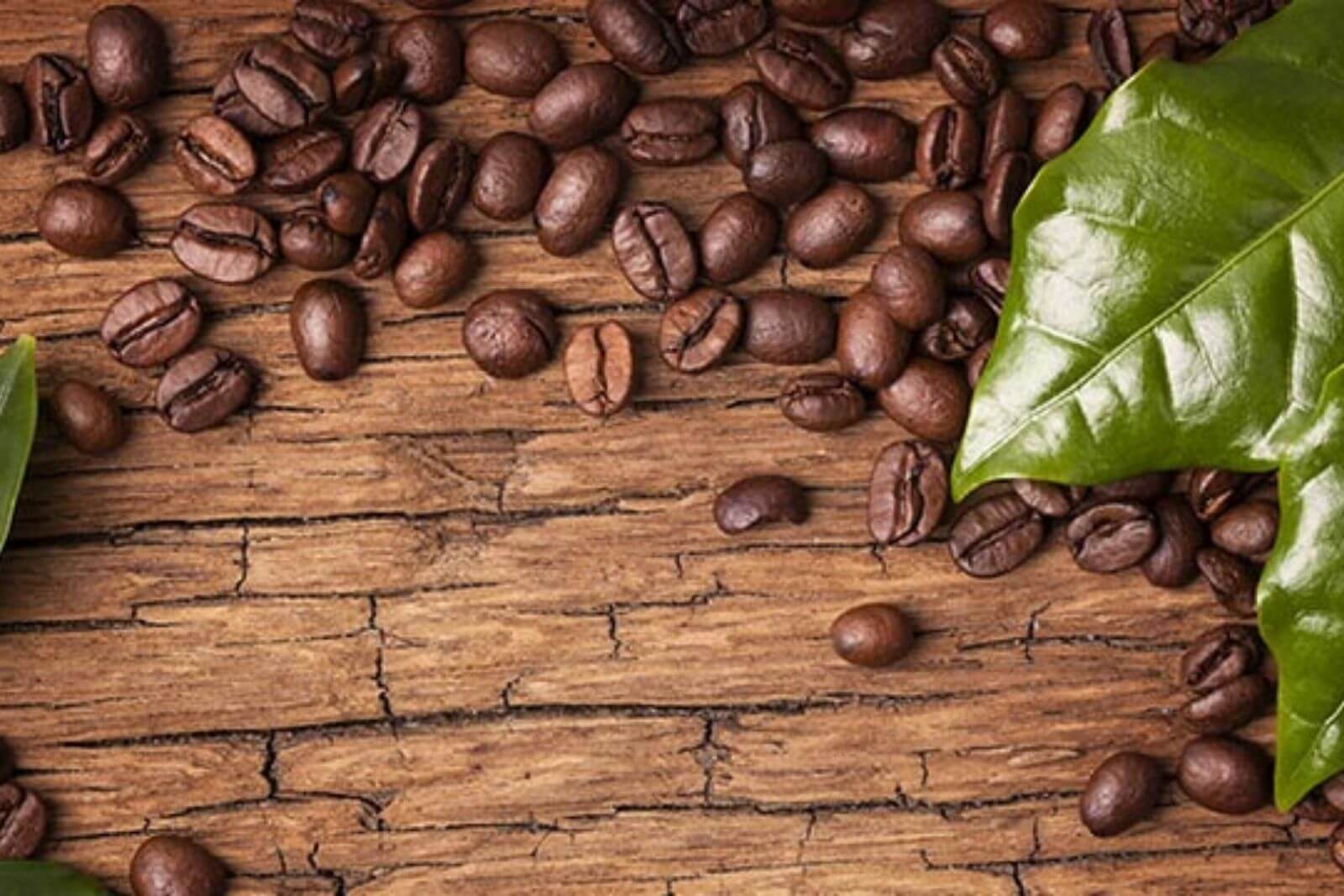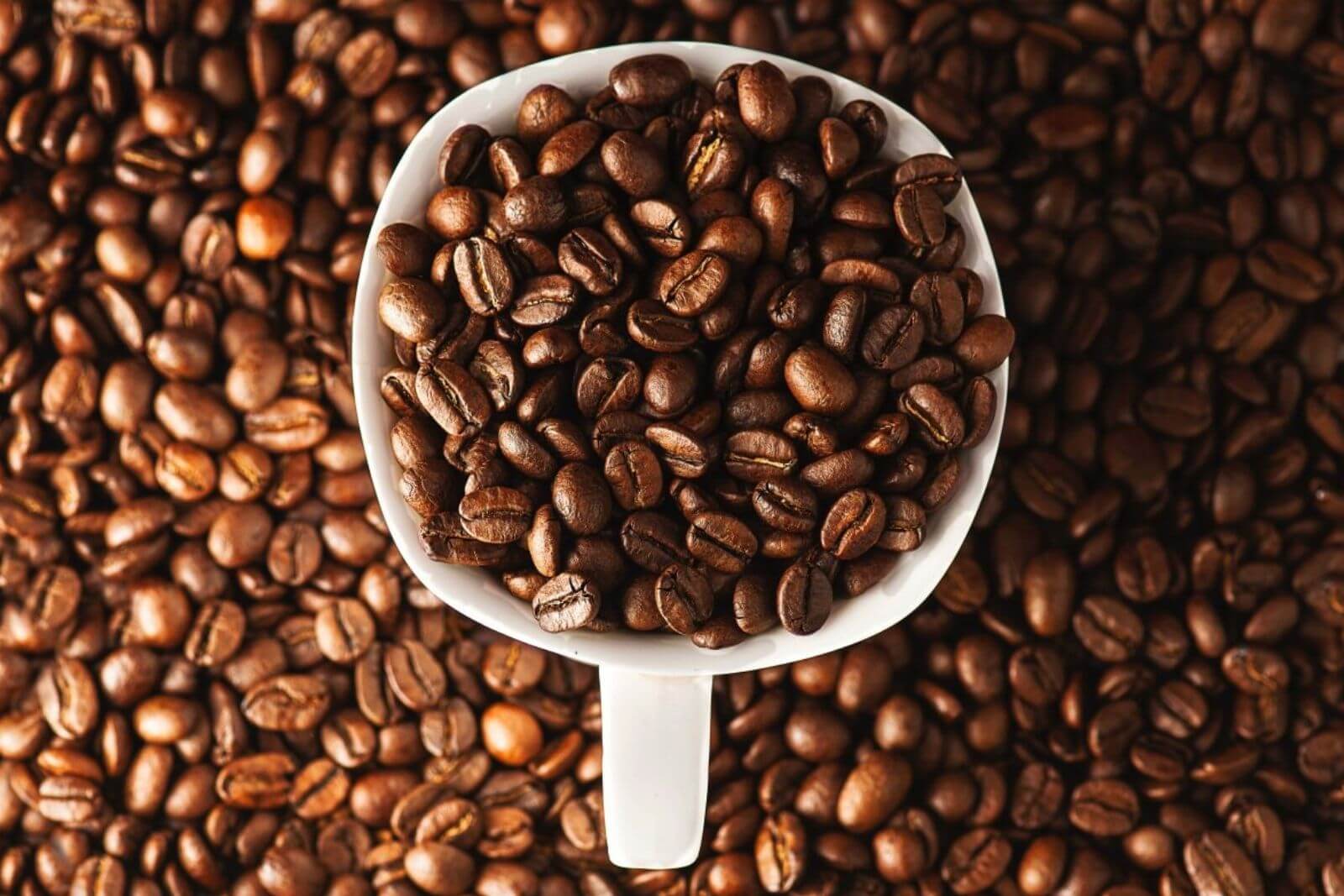
How To Recognize Freshly Roasted coffee, Arabica Coffee?
Pure Arabica coffee is required for a nice cup of coffee. However, pure Arabica is insufficient; it must be fresh. Here are several easy methods to tell if your Arabica coffee is freshly roasted.
We’ve all heard it before: fresh is always better. For years, the conventional thinking has been that coffee that isn’t super-fresh is stale.
We’ve been urged to buy less coffee at a time but more regularly and consume it promptly to avoid it becoming “bad.” Coffee is an agricultural product, so it makes sense. Is this, however, always the case?
Most people use roast dates to identify whether or not coffee is fresh. These dates are printed on the bags of our prized coffee. However, what makes a coffee fresh, as well as what makes a coffee wonderful (or still good), may be attributed to several things.
And the date on the bag isn’t necessarily the most crucial information. We’ll debunk a few frequent falsehoods and discuss the subtlety of these preconceived assumptions, some of which have become a little old in this story.
Arabica coffee beans
Typica and Bourbon are the two primary kinds of Arabica. Robusta is the kind that we consume in Canephora. The label Robusta is commonly used for this whole coffee varietal.
Arabica and Robusta coffee beans are the two primary varieties of coffee beans. Apart from being distinct species of the same plant family, the most significant variation is in the flavor and features of the bean itself.
Roasted coffee beans- Coffee beans/ beans
Roasting coffee beans has been around since civilization discovered that the cherries of a coffee plant could yield a delicate, potent drink. Coffee bean roasting has evolved significantly over the years, beginning with the heating of peeled beans over an open flame.
Coffee bean roasting is now considered both an art and a science. An inexperienced roaster can quickly spoil a batch of fine beans. To truly bring out the specific character of any green coffee bean requires a lot of experience, calculation, and that elusive roaster’s “sixth instinct.”
Roasted/roasted coffee dark
Lightly roasted coffee has a light brown hue and no oil on the beans’ surface. These coffees are known for their brilliant tastes, sharpness, and gentle body.
These coffees are roasted to maintain the bean’s distinct qualities. Beans may generate various flavors, fragrances, aftertastes, and more if cultivated, processed, and roasted correctly.
Roast/roasting medium
Medium roast coffee is dark in color and infrequently has an oily surface. These coffees have a rounded taste profile, mild acidity, and body.
Many of the particular characteristics of the coffee’s origin are preserved at this degree of roasting, but it also begins to attain the rich caramel sweetness of a longer roast. As a result, these coffees are well-balanced, with a darker and sweeter flavor.
Fresh roasted
freshly roasted beans
Specialty coffee
Specialty coffee beans are a unique experience. You may get beans from a variety of nations. You may get coffee in a variety of tastes. Organic coffee, fair trade coffee, direct coffee, bird-friendly coffee, mild roasts, arabica coffee, washing process coffee—wow. It might feel overwhelming at times.
Home coffee roasting
Home coffee roasting is an excellent method to guarantee fresh beans for your morning cup of joe—and if there’s one thing coffee enthusiasts agree on, it’s that fresher is better.
Coffee beans should be utilized between two to fourteen days following roasting, according to experts1. The coffee will lose flavor any longer than that due to excessive degassing.
Although roaster options are limited compared to coffee-related gadgets, such as grinders and milk frothers, the roasting process is straightforward and takes only a few minutes.
Manual and automated rosters are the two basic types of rosters, and both are addressed in this article. The former is less expensive but has a smaller capacity; the latter is more convenient to use and usually contains electric or gas appliances.
Here are the finest home coffee roasters for fresh, ready-to-grind beans.
Play around with plastic bags

Put some Arabica coffee beans in a polythene bag, close your mouth, and wait a few hours.
After roasting, coffee beans go through a process known as “degassing,” in which the CO2 created by the chemical reaction during the roasting process is pushed out.
During the first few days after roasting, this stage is most noticeable. As a result, an inflated plastic bag containing Arabica coffee beans indicates that Arabica coffee is still fresh.
Test for brittleness
Another technique to tell if the coffee is fresh is to taste the beans. However, this is merely a relative test. The brittleness of coffee beans varies depending on the degree of roasting.
Light to medium roasting results in light brown coffee beans with less sharpness than beans roasted to a medium-dark to black roast (for dark brown coffee beans).
When bitten, however, no matter how darkly roasted the coffee beans are, they remain fragile and brittle. On the other hand, coffee that has been roasted for an extended period will be “stale” and not as crisp as newly roasted coffee.
Using the sixth sense as a guide
Coffee experts and those who are used to smelling the aroma of coffee will frequently be particularly sensitive to pure coffee, especially newly roasted coffee.
The fresh and bright aroma of freshly roasted coffee beans, with a faint floral scent, is instantly recognizable in Arabica. On the other hand, coffee beans that have been aged for an extended period will not be fresh and cause nausea. This distinction will not be difficult to spot.